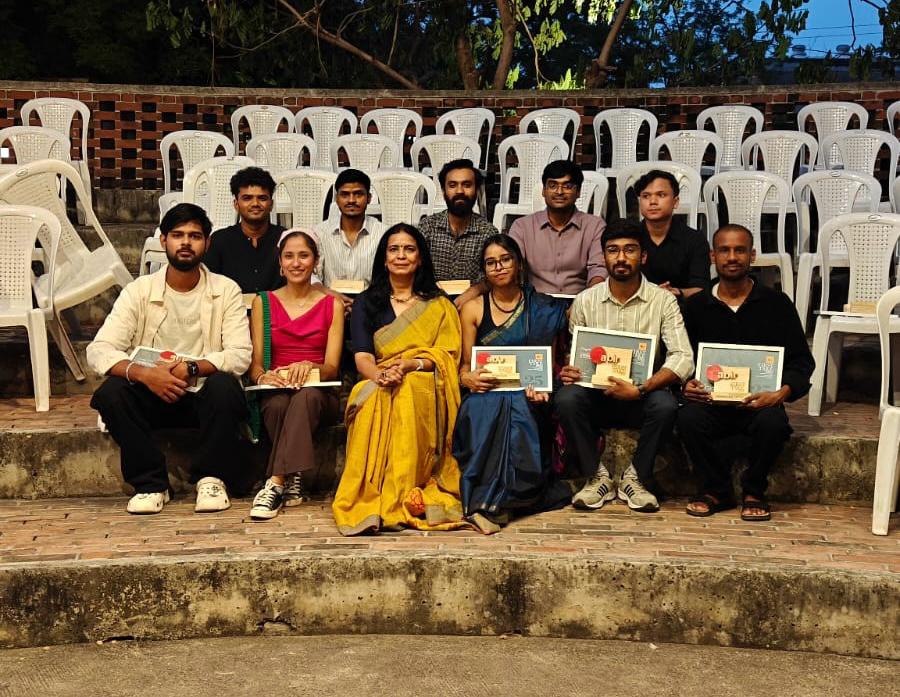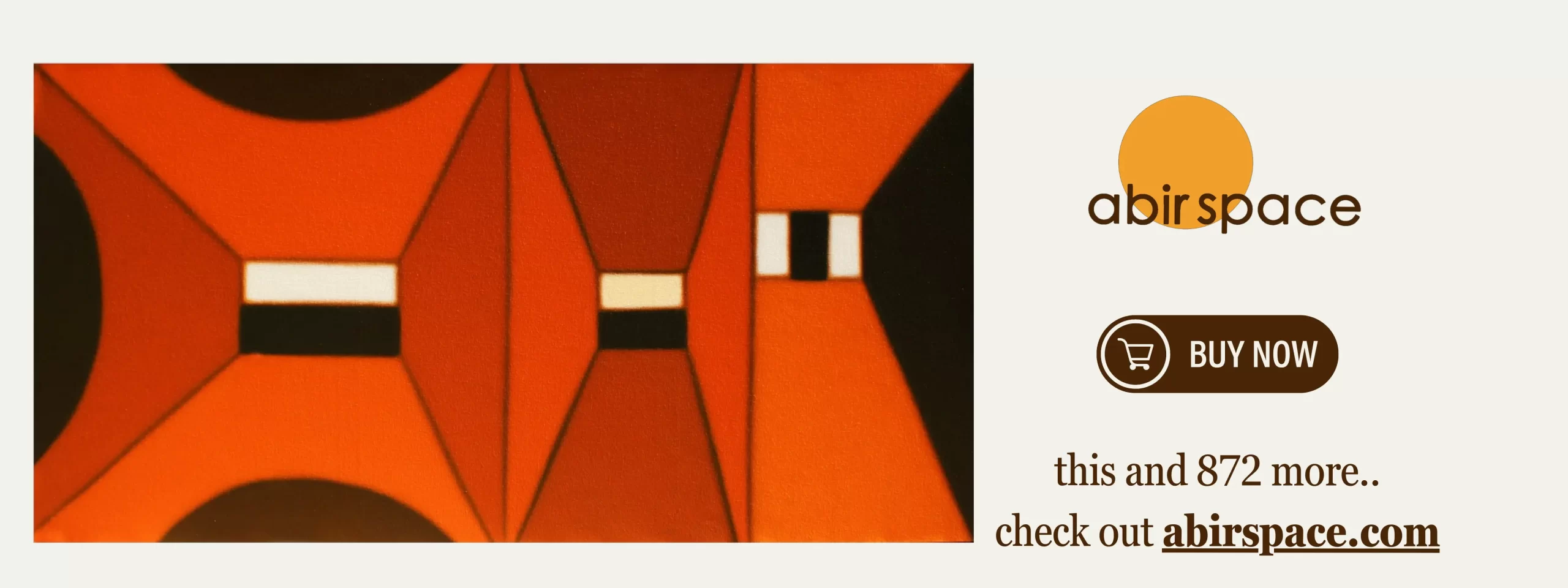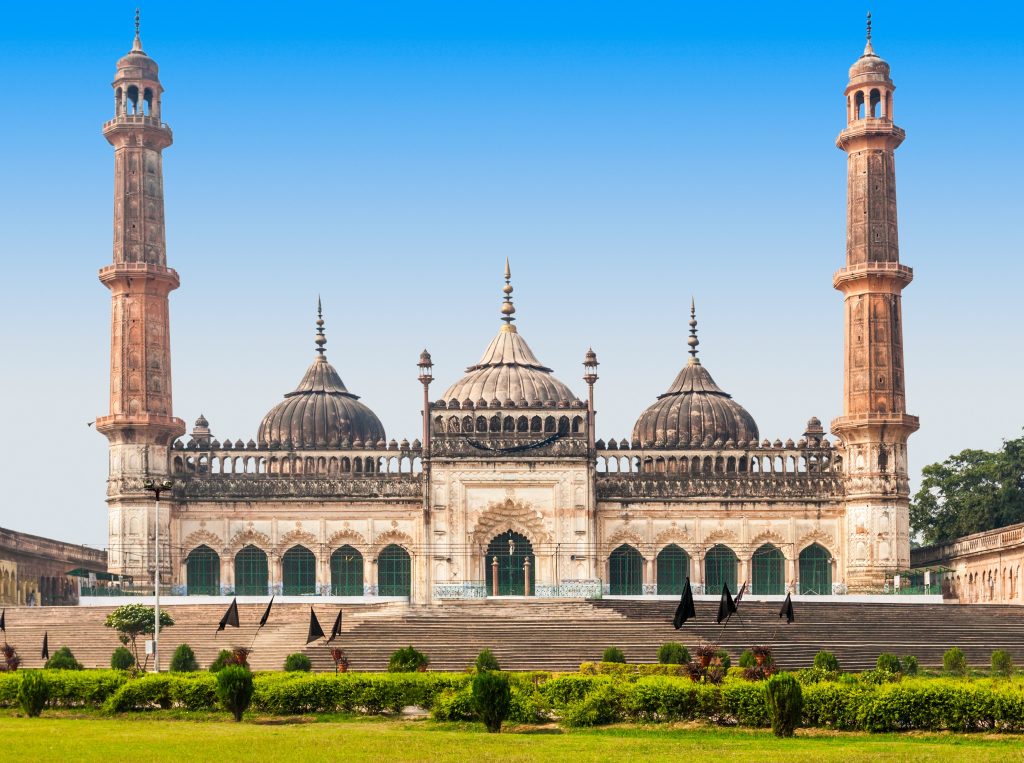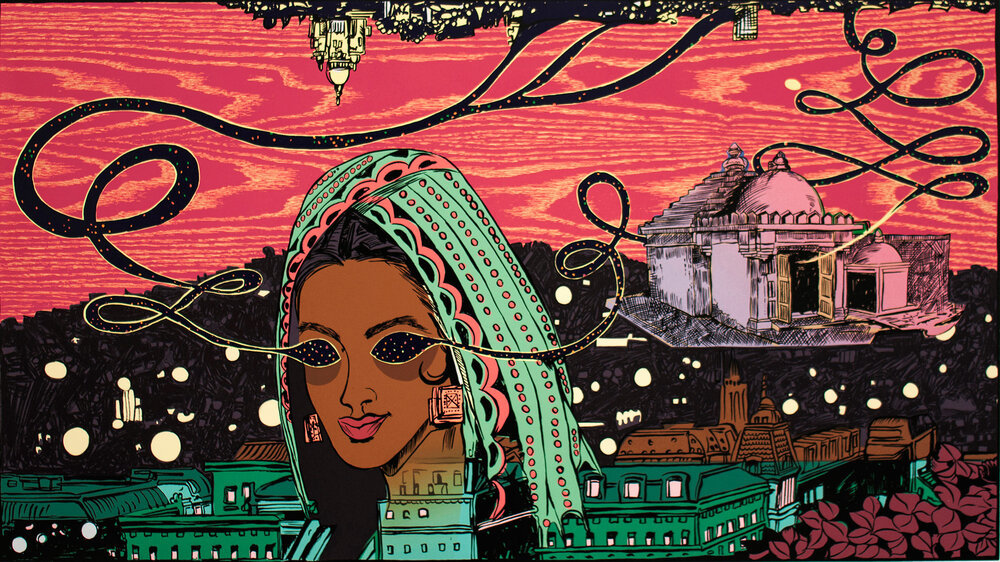Abir India’s highly anticipated annual art festival, First Take, was inaugurated today at the esteemed L&P Hutheesing Visual Art Centre in Ahmedabad. The event witnessed the presence of distinguished Chief Guest, Architect Hiren Patel.
First Take, a flagship initiative by Abir India, holds a pivotal role in providing a prominent platform for emerging artists to exhibit their creative prowess. The festival is distinguished by its rigorous selection process, wherein a panel of renowned artists, critics, and curators meticulously evaluates the entries. Out of the multitude of submissions, approximately 100 exceptional artworks are carefully chosen, with the top 10 receiving the prestigious First Take Award.
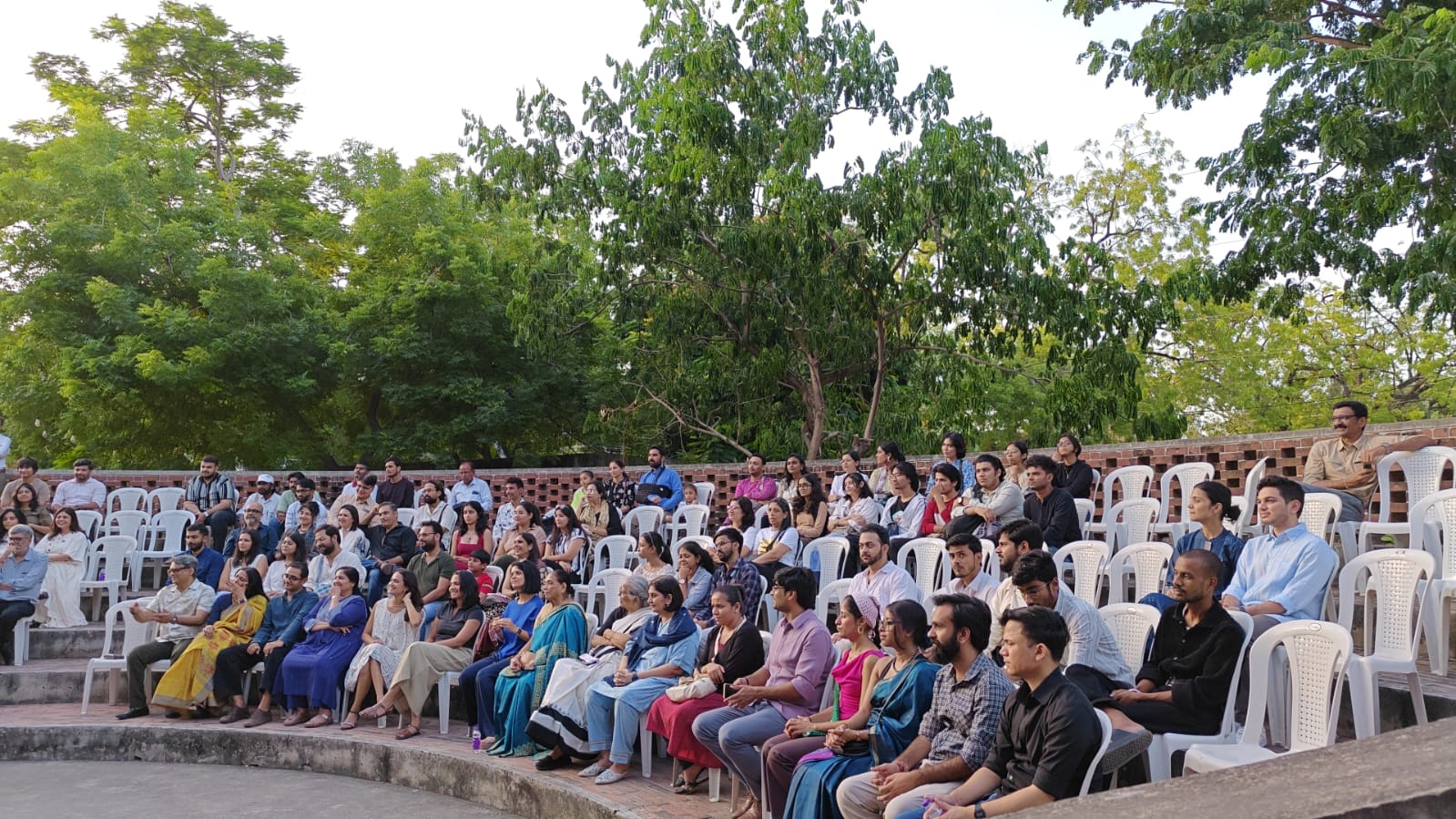
The ceremony was graced by esteemed dignitaries including Umang Hutheesing, Pavan Bakeri, and Nidheesh Tyagi, co-founder of Abir Pothi. This year’s exhibition showcased works by 117 talented artists, with 10 outstanding artists receiving special recognition and awards.
The winners of the First Take 2025 Awards are:
- Atish Kundu
Atish Kundu lives in a rural environment, observing various nets—fishing, mosquito, bird traps, and agricultural mesh—which inspire his work. In his paintings, nets serve not just as physical objects but as metaphors for consciousness, symbolizing protection, shelter, entrapment, control, and limitation. Using watercolor wash and other mediums, he explores these layered meanings, revealing the interconnections between nature, society, and the human psyche, and highlighting the complex relationship between rural life and the symbolic power of nets.
2. Manohar Dana
Manohar Dana draws inspiration from the personalities and lives of those around him, particularly the women in his family and community. His work reflects on the evolving status of women, their past struggles, present roles, and future aspirations. Through close observation and emotional engagement, he translates feelings of love and affection into his art. By documenting and expressing these intimate experiences, his practice captures the vibrancy of local life and the nuanced human emotions that shape it.
3. Martin Sailor
Martin Sailor’s practice draws from memories and everyday objects, transforming them into layered metaphors. Inspired by the “ghoda cycle” of his youth, he reimagines its components to literally form the figure of a horse, blending nostalgia with visual play. In another work, he uses bidis to construct the shape of lungs, highlighting their resilience despite years of abuse. Through such compositions, he reflects on luck, endurance, and the fragile yet enduring nature of human life.
4. Paras Rawat
His artwork is a personal and emotional journey, shaped by what he feels and what he witnesses around him. He closely observes the world, not only through visuals but also through emotions, behaviors, and unspoken moments. These reflections often appear in his work, exploring human emotions, vulnerability, and the hidden aspects of experience. His art does not offer answers but raises questions, serving as a mirror for society and the self.
5. Raj Kumar
Raj Kumar, who completed his BFA in 2023 and MFA in 2025 from the College of Art, Delhi University, explores themes of labor, survival, and identity. His works focus on daily wage workers, using irregular cutouts and everyday materials like cardboard and paper to mirror their fragmented realities. By reducing forms to layered abstractions, he highlights the disconnect between society’s perception of laborers and their lived experiences, inviting viewers to confront overlooked resilience and struggle.
6. Rajneesh Singh
Rajneesh Singh’s practice is deeply shaped by his childhood in small towns close to nature and village life. Folk art, music, and festival songs form a foundation of reverence in his work. Using watercolors and acrylics, he captures shifting textures of fields and the changing states of water across seasons. His paintings weave together natural rhythms, ancestral tales, and village life, reflecting both emotional depth and visual resonance drawn from lived experiences.
7. Rumpa Kuila
Rumpa Kuila’s practice draws from everyday domestic spaces and personal reflections, often shaped by her introverted nature and love for gardening. During the lockdown, she revisited crochet, a craft she had seen her mother practice, which led her to explore its history among Bengali women. Merging crochet with painting, her work honors the quiet resilience of women whose creativity thrived within domestic boundaries, weaving personal memory into a shared cultural lineage.
8. Shubham Raj Ahirwar
Shubham Raj Ahirwar explores memory, identity, time, and experience, with emotion at the core of his practice. Working across drawings, paintings, and sculptures, he experiments with materials and mediums to articulate personal and universal concepts. His Monograph series, begun during the lockdown, portrays solitude and distinct emotions rooted in lived experience. Through these works, he invites viewers into his inner world, offering a reflective exploration of human emotion and the serenity of solitude.
9. Subham Das
Subham Das explores how everyday objects—chairs, beds, garments, and buildings—shape perceptions of reality and reflect changing social values. Through installations, he juxtaposes materials: paper mache conveys fragility, bamboo evokes rooted tradition, terracotta introduces earthy spirituality, and iron blocks suggest contemporary minimalism. His work examines the tension between modern simplicity and cultural continuity, inviting viewers to reflect on how objects influence values, memory, and the evolving relationship between tradition and modern life.
10. Twinkle Nanda
Twinkle Nanda, from Kanpur, works primarily in clay, exploring ceramic figure narratives that reflect human and animal experiences. Her practice examines the inner psyche, adulthood, femininity, and the humor inherent in life’s dilemmas. Nanda aims to create interactive art that engages audiences beyond creative fields, challenging the notion of ceramics as mere decorative objects. Through her work, she promotes clay as a dynamic artistic language rather than a fragile collectible.
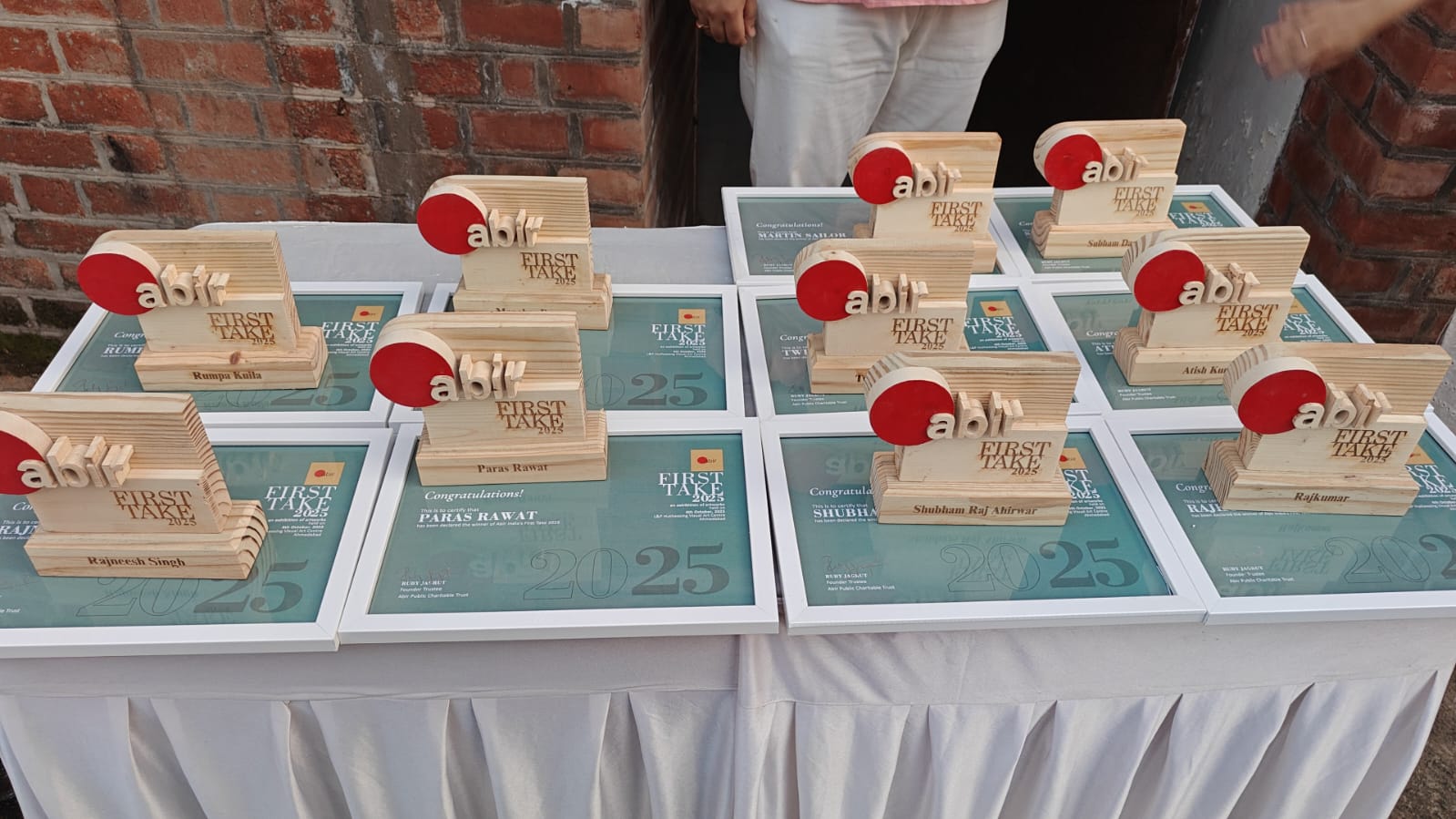 First Take continues to be a beacon for emerging artists, encouraging creativity and providing a platform for their voices to be heard. The festival’s success lies not only in the numbers but in the celebration of artistic diversity and talent from every corner of the country.
First Take continues to be a beacon for emerging artists, encouraging creativity and providing a platform for their voices to be heard. The festival’s success lies not only in the numbers but in the celebration of artistic diversity and talent from every corner of the country.
The exhibition of the selected artworks is on till 10th October 2025.
Contributor

